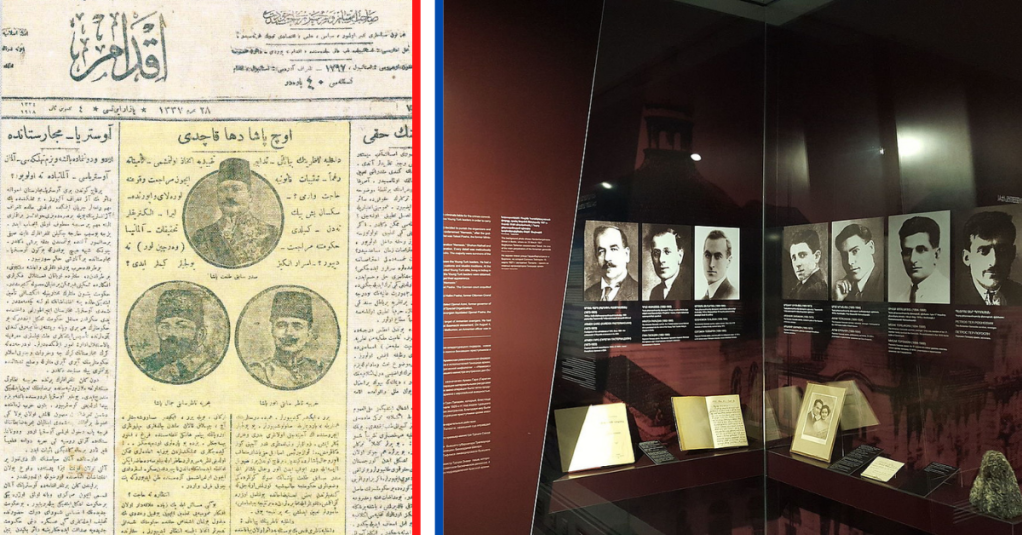When Israel avenges the Holocaust or terrorist crimes against Jewish people, the world takes notice – and Israel wants them to. From the Nazi hunters led by Simon Wiesenthal and the abduction and extradition of Adolf Eichmann to Operation Wrath of God, the revenge killings against Arab terrorists for the 1972 Munich Massacre, Israel wants people to know crimes against Jewish people will not be tolerated.
Armenians, meanwhile, have been struggling for more than a century just to have the genocide against their people recognized as such by the international community. But whether the world recognized the genocide or not, Armenians were just as determined to get their revenge against the Turkish people who planned and organized it. They called theirs “Operation Nemesis.”
Nemesis is often defined as the inescapable agent of someone’s downfall. It was an appropriate name for Armenia’s retaliation against the perpetrators of the mass killings against the Armenian people in the middle of World War I.
In 1915, Turkey was part of and central to the dying Ottoman Empire. During World War I, the empire was aligned with the Central Powers, dominated by Germany and Austria-Hungary. At the turn of the 20th century, the Ottomans lost a series of wars, which meant they lost territory, power, and prestige, and rulers began to worry the significant Armenian population would declare independence.

In the years before, mass killings of Armenians were sporadic, but in 1915, the Ottoman Empire arrested, imprisoned, and deported hundreds of thousands of Armenians from the Empire. As many as 1.2 million were forced to march out of Turkey and wander into the Syrian desert. They were starved, thrown into concentration camps, forcibly converted to Islam, or just outright murdered by Turkish nationalists.
The number of Armenian dead in the ethnic cleansing during and after the First World War is estimated to be as high as 1.5 million, and today only some 34 countries and a handful of civilian and religious organizations have officially recognized the killings as a genocide. But Armenians knew it from the start.
In March 1921, Talaat Pasha, who was the Grand Vizier of the Ottoman Empire during the genocide, left his home in Berlin. He never returned. An Armenian man named Soghomon Tehlirian walked up behind him, put a gun to the back of his left ear, and pulled the trigger. It was Talaat’s orders to round up 200 leaders of Armenians inside the empire that started the genocide in earnest.

Talaat wasn’t the first victim of Operation Nemesis, but he was the most wanted target – and he wasn’t the last. Named for the Greek goddess of divine retribution, Nemesis was an operation designed to assassinate the planners and perpetrators of not just the Armenian Genocide, but also the slaughter of tens of thousands of Armenians in Baku (in Azerbaijan). They were specifically targeting members of the CUP (also known as the Young Turks) who betrayed the Armenians and tried to wipe them out.
The first to fall to Nemesis was the first Prime Minister of Azerbaijan, Fatali Khan Khoyski, assassinated in Tbilisi, Georgia. Talaat Pasha was second. In Germany, Italy, the Soviet Union and in Constantinople, capital of the Ottoman Empire, the genocide’s perpetrators fell one-by-one. The last assassination was Minister of the Navy Djemal Pasha in 1922.
More than 100 years after the final assassination of Operation Nemesis, Armenia unveiled a monument to the assassins in its capital city of Yerevan. Turkey and Azerbaijan immediately condemned the construction of the memorial, a tribute to just how hard the memory of the genocide lives on.

